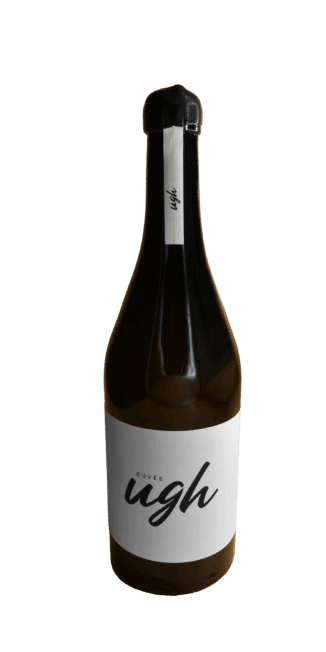
Denomination of Origin Ribeiro
The Ribeiro Denomination of Origin is located in Galicia, in the extreme northwest of the province of Ourense. In addition, it is located at the confluence of the valleys formed by the Miño, Avia and Arnoia rivers.
In fact, Ribeiro Galicia is located in a region of 45 km located in Ourense as far as Pontevedra, in a very particular area with excellent aptitude for the cultivation of the grapevine.
This grapevine has an approximate extension of 2,500 hectares, the production area for wines covered by the Ribeiro designation of origin includes the municipalities of Ribadavia, Arnoia, Castrelo de Miño, Carballeda de Avia, Leiro, Cenlle, Beade, Punxín and Cortegada, the parishes of Banga, Cabanelas and O Barón , in the municipality of O Carballiño.
The parishes of Pazos de Arenteiro, Albarellos, Laxas, Cameixa and Moldes in the municipality of Boborás; the areas of Santa Cruz de Arrabaldo and Untes in the City Council of Ourense, and from Toén the area of Puga, A Eirexa de Puga, O Olivar, the villages of Feá and Celeirón and the parish of Alongos; and A Touza square ,San Amaro Council.
As you can see, Ribeiro wine has a large extension, however, its cost is due to the way in which these wines are made. That is why this Ribeiro grape manages to captivate the most expert palates and make initiates fall in love.
Of course, ribeiro red manages to captivate all kinds of tastes and manages to make you fall in love whether you want to drink it accompanied or alone.





















